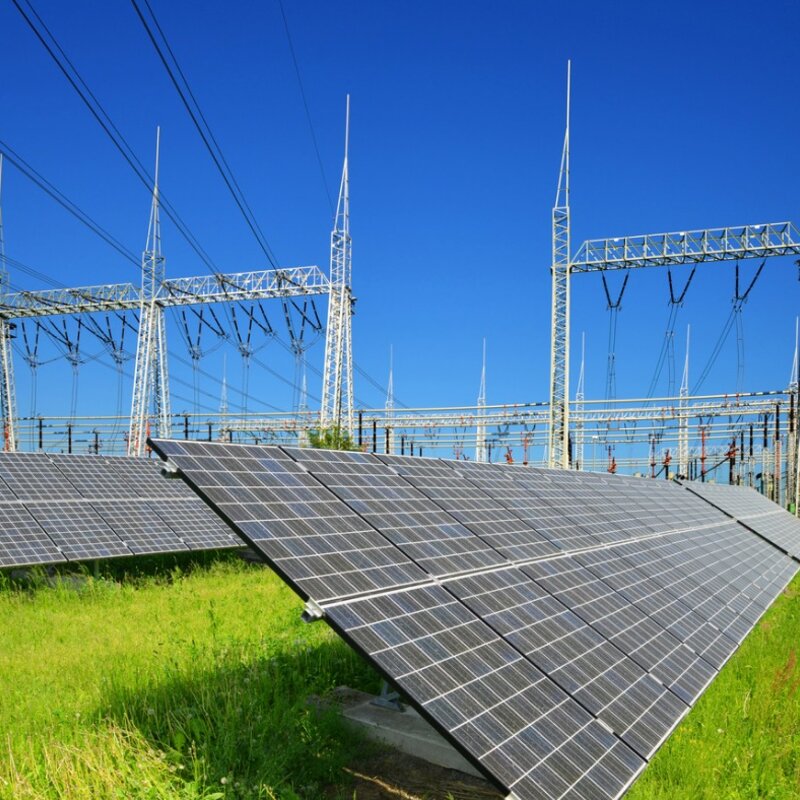
A new procedure for energy meters to support power grid digitalisation
Challenge
As energy grids across Europe become increasingly decarbonised, reliance on renewable energy sources such as solar, wind and hydroelectric power is becoming more prevalent. However, due to the nature of these sources, their integration into the grid brings with it more variability of supply and more complex conditions.
To maintain real-time monitoring and control of the power grid under these conditions, there is a need for high-voltage sensors and digital metering to replace analogue instruments inside substations. This transition was kickstarted by IEC 61869, which introduced standards for low power instrument transformers (LPIT) and, in 2018, stand-alone merging units (SAMU). LPIT and SAMU convert analogue measurements, such as voltage and current, into digital signals, or ‘sampled values’ (SV).
Accurate measurement of the SV using digital Instrument Technologies such as digital energy meters is necessary to ensure fair and reliable metering for the trade of energy, but also to monitor and control the power grid. These new digital technologies also use fewer scarce materials in system components, reducing vulnerability to supply chain volatility and improving sustainability. However, there has been a lack of traceable standards and methods for digital energy meters, which has hampered the transition from conventional analogue IT.
Solution
During the project FutureGrid II, metrological tools for all-digital power and energy meters were developed. As part of this work, the German National Metrology Institute (NMI) PTB developed a new calibration procedure for energy meters based on SV. Using IEC 62053-22 (which concerns static meters for active energy) as a basis for a test plan and for the associated accuracy requirements, the project developed a measurement setup which can calibrate digital energy meters.
The setup uses a custom SV generator box and corresponding program to act as a stand-in for the digital output being measured (e.g., from an SAMU). The user pre-programs an SV waveform of known current, voltage and phase angle, which is generated by the generator box and measured by the target energy meter. The power of the signal is then calculated and used to calibrate the meter. Before the development of this setup, traceable calibration for digital energy meters was not available but is now being offered on a commercial basis by PTB.
Impact
One early beneficiary of the new traceable calibration set up for digital energy meters was Landis+Gyr. Landis+Gyr is a leading global provider of integrated energy management solutions, including software, services and intelligent metering technology for electricity, gas and water. Their meters are used globally by utilities companies, metering service providers, energy producers and more.
The company were able to use the standard offered by PTB to test and calibrate their new high-accuracy digital metering technology, using the setup to observe and assess the meters’ performance and accuracy.
This new technology simplifies substation metering and installation, reduces the cost of cabling and increases the overall reliability and safety of the system. This improves the ability of grid operators to monitor and control the grid during variable or complex conditions, such as those caused by increased renewable energy usage.
The work developed by the project has allowed Landis+Gyr to deliver on their promise of quality and innovation, contribute to new international standards around digital metering and support industry best-practice.
As digital metering further develops, this will also help the company, as well as others across Europe, to access these growing markets in the future and aid Europe in its decarbonisation goals.
- Category
- EMPIR,
- Industry,
- EMN Smart Electricity Grids,
